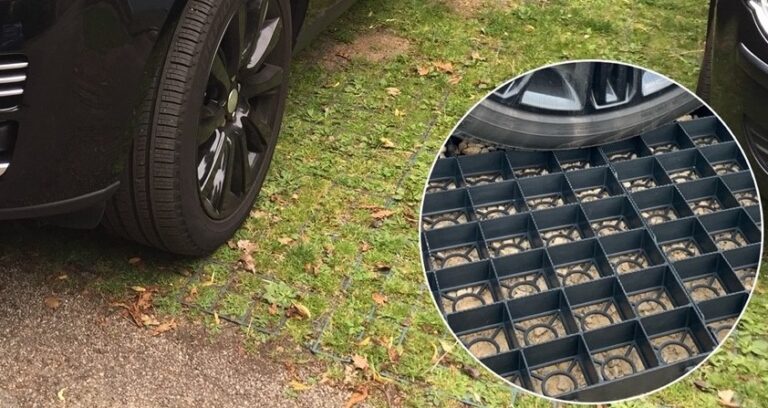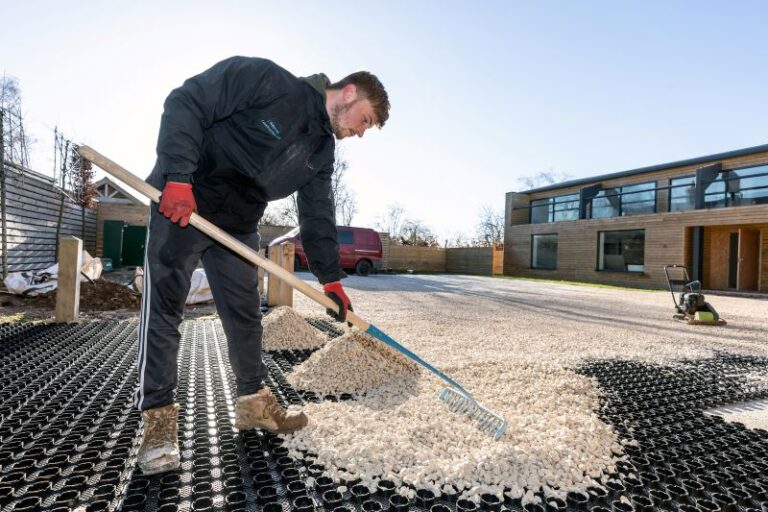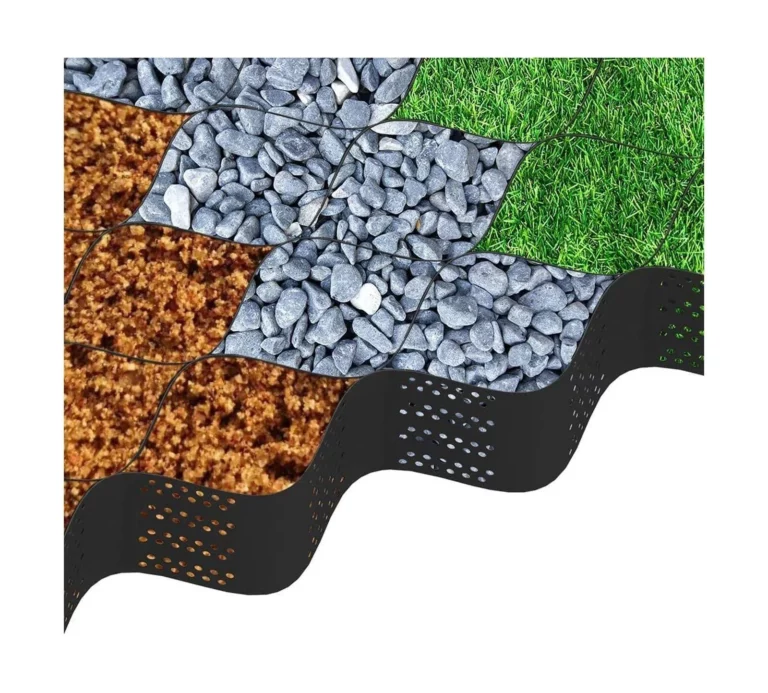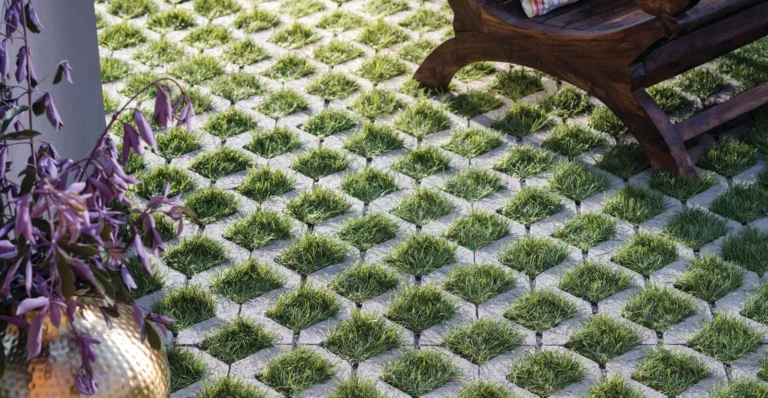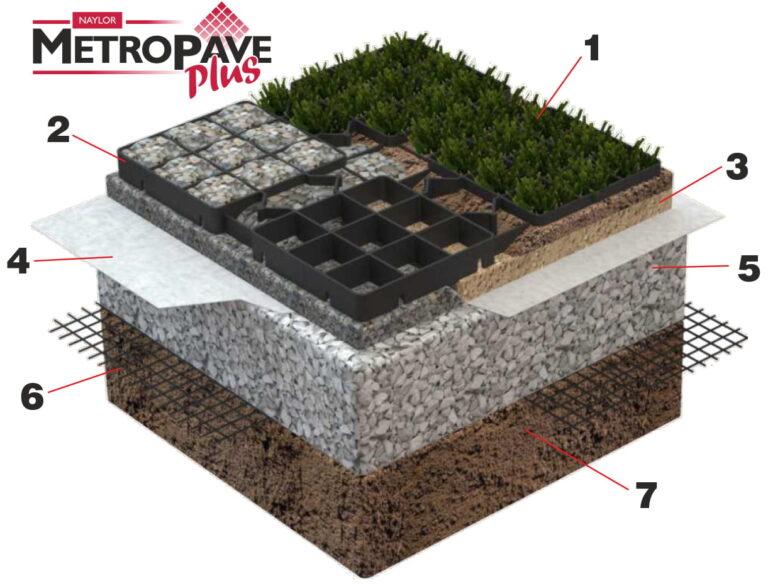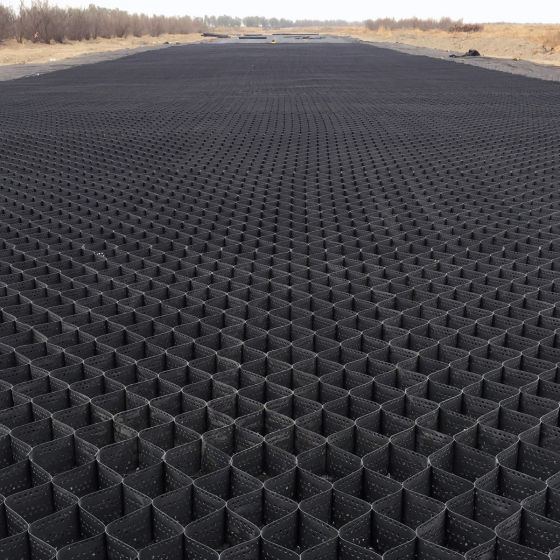Grid Driveway Pavers: A Durable and Eco-Friendly Solution for Modern Driveways
Grid driveway pavers offer a smart, long-lasting, and environmentally conscious solution for stabilizing driveways, parking areas, and access roads. Built using either reinforced plastic or permeable concrete, these grid systems support high vehicle loads while reducing stormwater runoff through natural infiltration. Whether you’re a homeowner, contractor, or commercial developer, grid pavers provide a practical and visually appealing alternative to asphalt and traditional concrete.
In this comprehensive guide, we’ll explore what grid driveway pavers are, the key advantages of using them, top-rated real-world product examples, detailed use cases, how to buy and install them, and commonly asked questions to help you make the most informed decision.
What Are Grid Driveway Pavers?
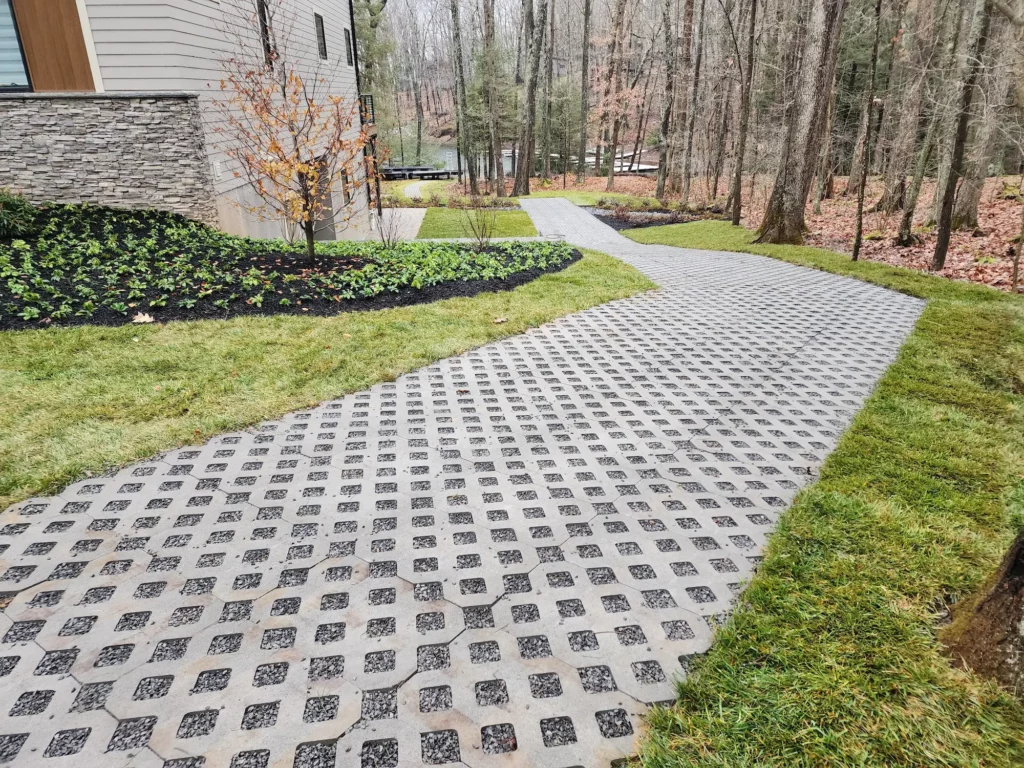
Grid driveway pavers are interlocking panels made from recycled plastic or concrete that form a load-bearing matrix over soil, gravel, or grass. Once installed and filled with aggregate or turf, the grid structure distributes weight evenly and prevents soil displacement. This makes them ideal for driveways, emergency access lanes, overflow parking, and erosion control.
Unlike solid surfaces that repel water and contribute to urban flooding, grid pavers are permeable. They allow rainwater to pass through the surface and recharge the groundwater, reducing the need for artificial drainage systems.
Benefits of Grid Driveway Pavers
Enhanced Drainage and Flood Prevention
One of the most important features of grid pavers is their permeability. Rainwater seeps through the infill—such as gravel or grass—into the subsoil below. This reduces runoff and keeps local stormwater systems from becoming overwhelmed. In flood-prone or high-rainfall areas, this can be a crucial benefit.
Heavy Load-Bearing Capacity
Grid pavers are engineered to support a wide range of weights, from small family cars to heavy-duty trucks and recreational vehicles (RVs). Reinforced grid designs distribute weight evenly across the surface, preventing ruts, dips, or cracks over time. This makes them suitable not only for residential driveways but also for fire lanes and industrial vehicle access.
Low Maintenance and Long-Term Durability
Compared to concrete and asphalt, grid pavers require minimal upkeep. Gravel infill may need to be topped off occasionally, and grass-covered grids need standard lawn care. However, the grid system itself is resistant to cracking, erosion, and UV damage. This results in lower long-term maintenance costs.
Eco-Friendly and Sustainable
Most plastic grid pavers are made from 100% post-consumer or post-industrial recycled materials. Because they reduce the need for impermeable surfaces, grid pavers also play a role in promoting groundwater recharge and reducing urban heat islands. Some systems even encourage plant growth, allowing greenery to thrive in high-traffic areas.
Customizable Aesthetic
With options for different infills—gravel, soil, or turf—you can customize the appearance of your driveway while maintaining strength and permeability. This flexibility helps you match your property’s landscape design, whether you’re aiming for a natural, modern, or rustic look.
Top Grid Driveway Pavers on the Market
Here are five real-world product examples that have earned trust in both residential and commercial applications. Each offers specific advantages depending on the intended use and environmental needs.
TRUEGRID PRO Plus
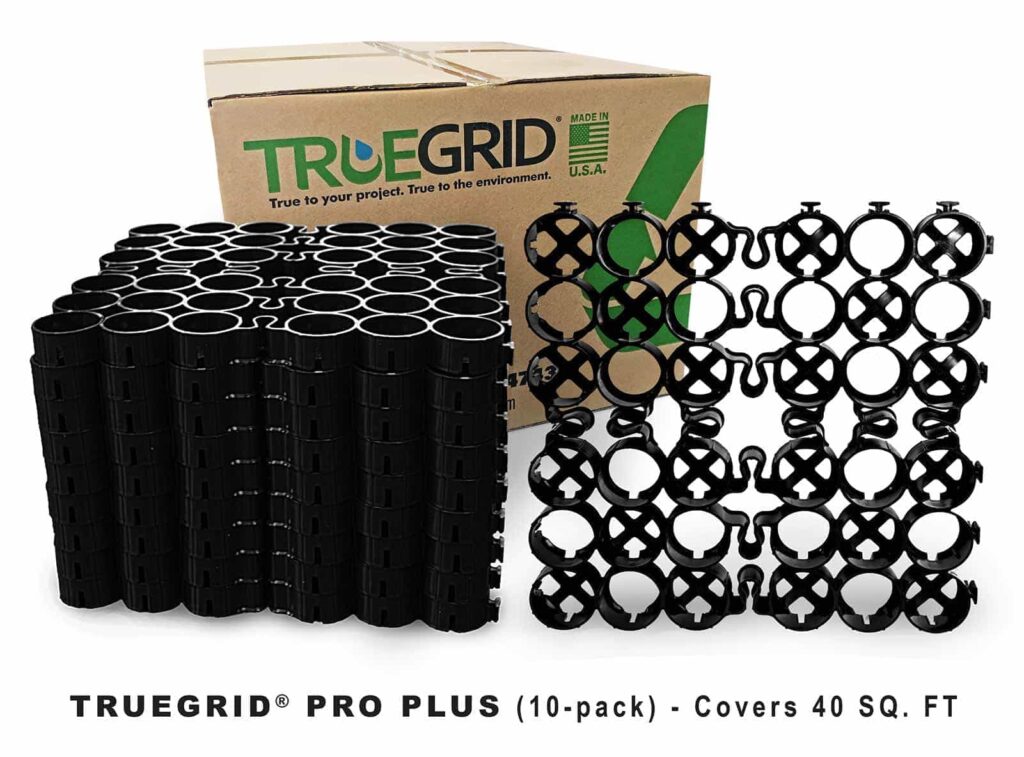
TRUEGRID PRO Plus is a high-strength plastic grid paver designed for demanding applications, including commercial driveways, fire lanes, and industrial yards. Made from recycled HDPE, this system resists UV damage, chemicals, and temperature fluctuations.
Its honeycomb structure supports over 8,000 psi of compression and installs quickly with a snap-together system. Users appreciate its durability and clean, professional appearance, especially when filled with black gravel or turf.
TRUEGRID PRO Plus is commonly used in eco-conscious developments looking to meet low-impact development (LID) or LEED criteria.
Nidagravel 140
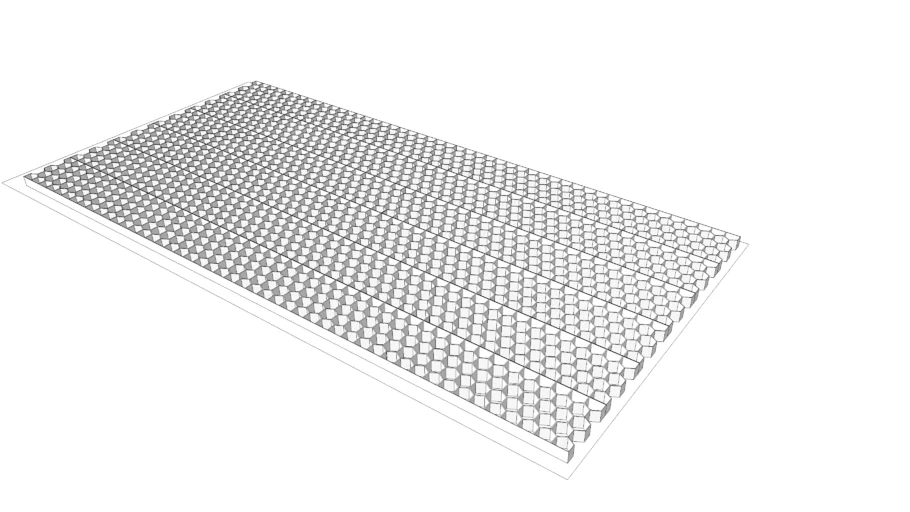
Ideal for residential use, Nidagravel 140 is a European-designed gravel stabilizer panel with hexagonal cells and integrated weed-blocking fabric. It is especially suited for driveways, garden paths, and light-use parking areas.
The panels are made of polypropylene and are extremely lightweight, making installation easy without heavy equipment. Once filled with gravel, the structure eliminates rutting and gravel migration, maintaining a neat and even surface over time.
Nidagravel is perfect for homeowners seeking a classic gravel driveway that doesn’t spread or shift.
Bodpave 85
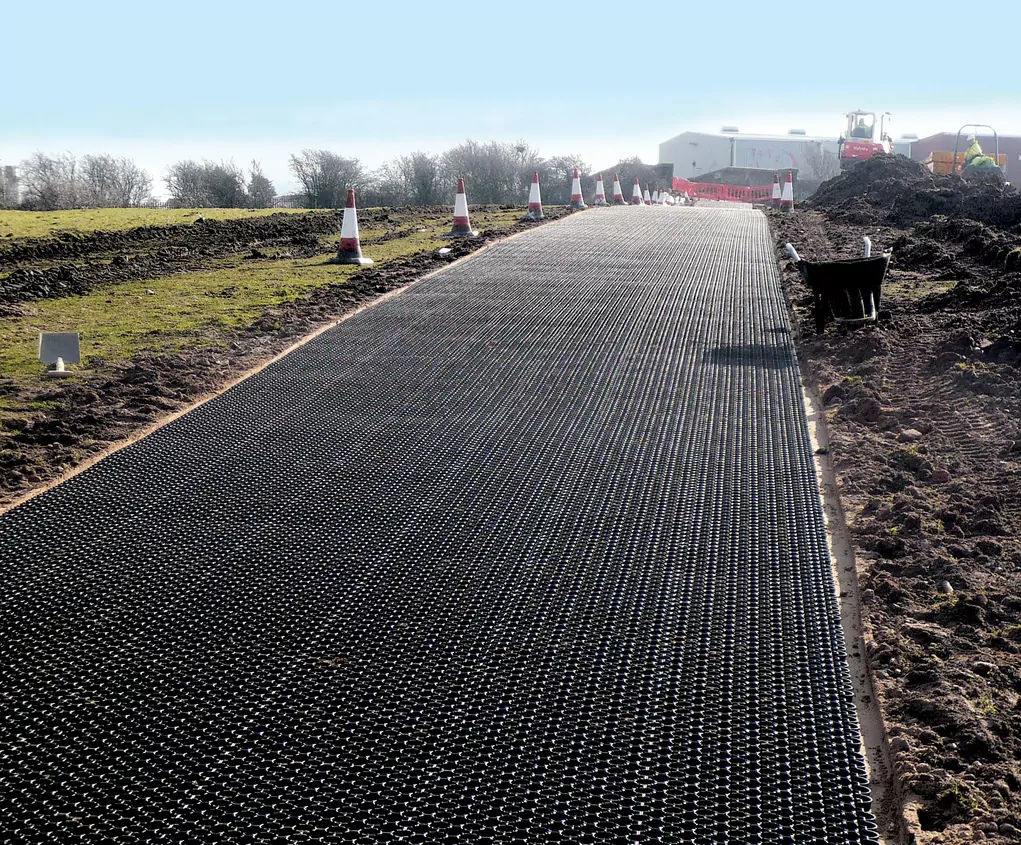
Bodpave 85 is a heavy-duty plastic paver suitable for grass or gravel infill. Designed with interlocking cells and a flexible honeycomb structure, it supports heavy vehicles while allowing vegetation growth and drainage.
This product is fully compliant with sustainable urban drainage system (SUDS) standards and has been used in airport parking areas, rural roads, and private estates. Its ability to blend function with visual appeal makes it popular for eco-luxury developments.
It’s also commonly used for fire access roads where green landscaping must be preserved.
Hanover Permeable Interlocking Concrete Pavers
Hanover offers a concrete-based grid paver solution designed for urban sidewalks, driveways, and streetscapes. While more rigid than plastic systems, these interlocking units create a visually clean finish with defined joint lines for water infiltration.
They are frequently used in public infrastructure projects that require ADA-compliant surfaces with built-in drainage. In residential settings, they can be installed with colored gravel or grass for a decorative effect.
Hanover’s concrete pavers are ideal when aesthetic and structural integrity are equally prioritized.
X-Grid Ground Reinforcement Panels
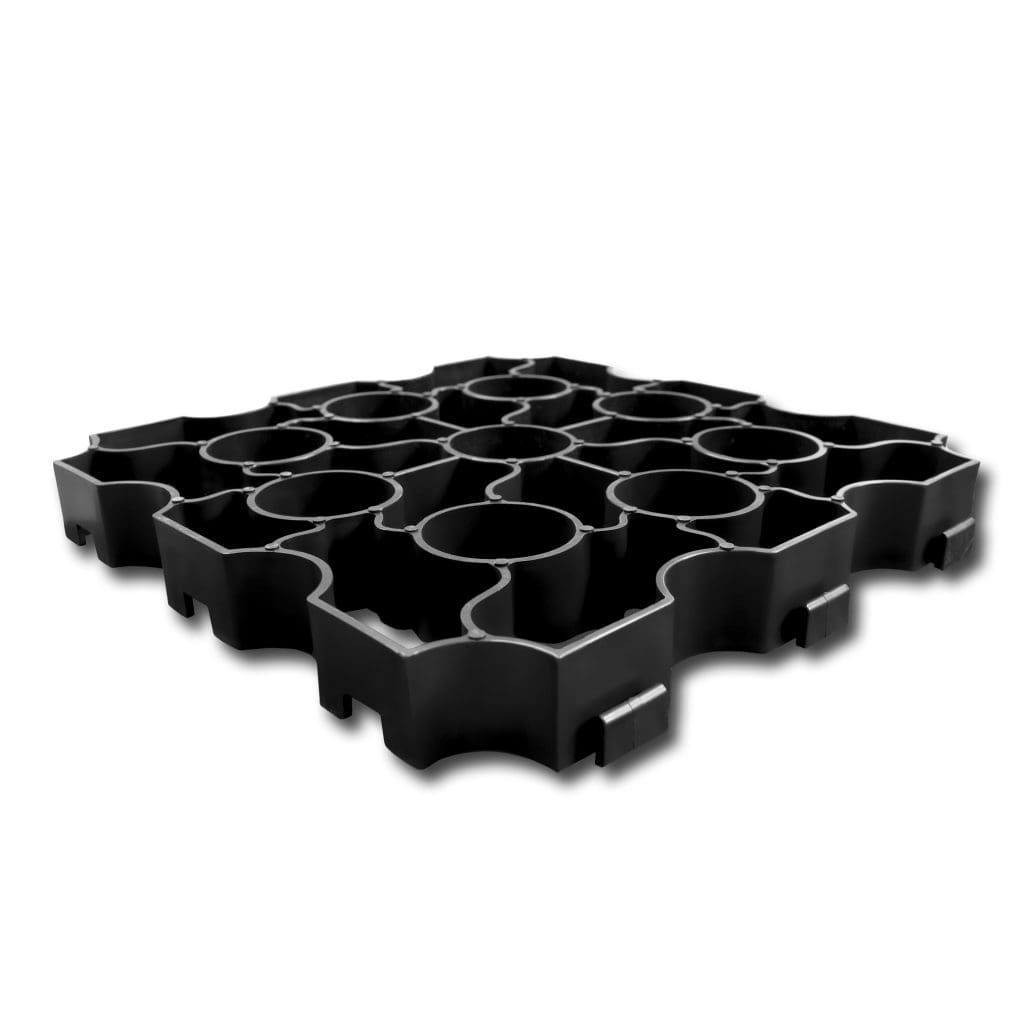
X-Grid is a UK-manufactured plastic paver that is DIY-friendly, affordable, and surprisingly strong, supporting up to 420 tons per square meter. Made from 100% recycled plastic, these panels are weatherproof, UV-resistant, and non-toxic.
The panels click together easily and are suitable for driveways, patios, and even equestrian areas. Because they can be cut to size with a handsaw, X-Grid is a favorite among homeowners who want to take on their paving projects.
With versatility and a long lifespan, X-Grid offers outstanding value for residential driveways.
Use Cases: Problems Solved by Grid Pavers
Preventing Driveway Flooding
In areas prone to heavy rainfall, traditional driveways can accumulate water, leading to foundation damage and pooling. Grid pavers prevent this by allowing water to percolate directly through the surface. Over time, this can prevent costly drainage infrastructure and reduce water damage to nearby structures.
Stabilizing Sloped or Soft Ground
For homes or facilities built on sloped terrain or clay-heavy soil, erosion and ground instability are constant risks. Grid pavers hold the substrate in place and maintain surface integrity even on challenging terrain. This is especially important for access roads or properties with limited space for landscaping.
Reducing Heat Island Effect
Concrete and asphalt absorb and retain heat, contributing to elevated temperatures in urban environments. Grid pavers with turf or gravel infill reduce surface temperatures and improve the microclimate around your home or facility.
Minimizing Maintenance Costs
Grid systems eliminate many common issues associated with hardscaped surfaces, such as cracks, potholes, and surface pooling. Over the years, these savings can be significant, especially in commercial settings where driveway and parking surface maintenance is a recurring expense.
How to Buy Grid Driveway Pavers
Before purchasing, assess the following:
- Surface area size – Measure your driveway and calculate the number of square meters or feet.
- Intended load – Consider whether it will support just passenger vehicles or also RVs or trucks.
- Preferred infill – Decide between gravel, grass, or soil based on the look and functionality.
Grid pavers can be bought from local hardware suppliers, construction material distributors, or specialty landscaping stores. Many manufacturers also offer direct sales via their websites with installation guides and quantity calculators.
Check if the supplier offers bulk discounts or installation support, especially if you’re managing a large project.
How to Install Grid Driveway Pavers
Here’s a step-by-step overview of the installation process:
- Excavation
Excavate to a depth of 4–8 inches, depending on traffic load and soil type. - Base Preparation
Lay down a geotextile membrane to prevent weed growth and add a compacted base layer of crushed stone or gravel. - Grid Placement
Interlock grid panels over the leveled base. Start from one corner and work your way across the area, ensuring full alignment. - Infill Application
Add your chosen infill—either gravel or soil and grass seed—into each cell. Spread evenly for a flat, finished surface. - Final Compaction
Use a plate compactor to press the infill and lock the grid in place. Water if necessary to help the turf take root.
The installation process typically takes one to two days, depending on size and complexity.
Frequently Asked Questions
Can grid pavers really support heavy vehicles like RVs or trucks?
Yes. Products like TRUEGRID PRO Plus and Bodpave 85 are specifically designed to withstand industrial and commercial traffic loads. Always verify the load rating of the grid before purchasing.
Do I need special tools to install grid driveway pavers?
Not usually. For most residential projects, a shovel, rake, compactor, and possibly a handsaw (for trimming edges) are sufficient. DIY-friendly systems like X-Grid are designed for easy installation.
Will the grid be visible after infill is applied?
That depends on the infill material. With turf or grass, the grid becomes almost invisible over time. With gravel, the grid edges may still be slightly visible, depending on the thickness of the infill and grid cell depth.
